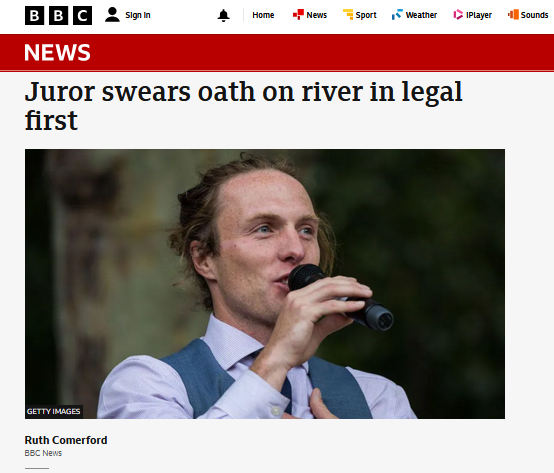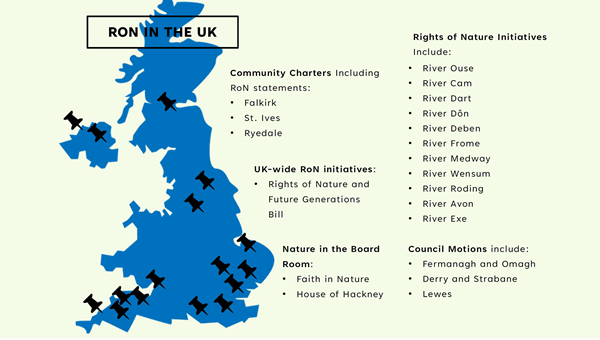Nature Rights are Human Rights: The UN Human Rights Council Resolution on the Right to a Safe, Clean, Healthy and Sustainable Environment

By Claire Nevin
In October 2021, the United Nations Human Rights Council (UNHRC) passed the much-awaited Resolution 48/13, which recognises the human right to a safe, clean, healthy and sustainable environment. Importantly, the landmark resolution acknowledges that the climate crisis and environmental damage are interlinked and have a disproportionate impact on the most vulnerable segments of society.
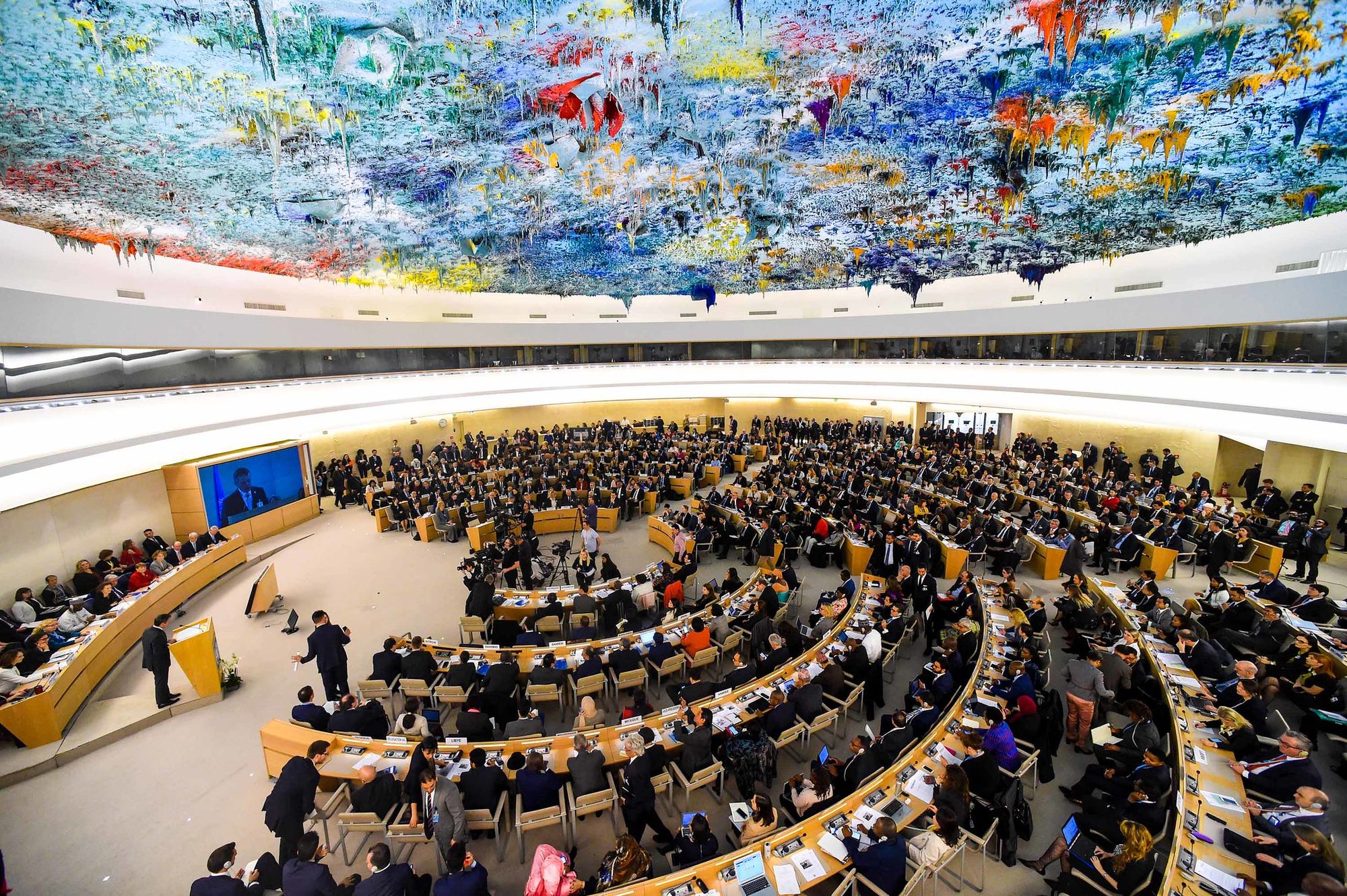
The passing of the UNHRC resolution provides further impetus to the rapidly increasing use of human rights arguments in climate litigation. According to a recent report analysing global trends in this area, the Grantham Research Institute on Climate Change and the Environment, Columbia Law School and the Centre for Climate Change Economics and Policy found that between May 2020 and May 2021, human rights arguments featured in 112 climate cases.
Although positive judgments were delivered in only 25 cases, it will be interesting to see whether climate litigation relying on human rights arguments enjoys a greater success rate, now that the resolution unequivocally recognises environmental rights as human rights.

A Landmark Case in Bordeaux
One case that provides a textbook example of the combined potential of environmental and human rights arguments is the judgment handed down on 18 December 2020 by the Cour Administrative D’Appel à Bordeaux (the Appeals Court of the Administrative Court of Bordeaux). In this landmark case, ‘Mr A’, an asylum seeker from Bangladesh who suffers from allergic asthma and sleep apnea, successfully resisted deportation by arguing that, if returned to Bangladesh, the severity of atmospheric pollution in his country of origin would lead to a serious deterioration of his health.
Although there already exists a significant body of case law invoking Article 3 of the European Convention on Human Rights to resist deportation on medical grounds, the French case is reportedly the first example of a court having regard to the environment of the country of origin in an extradition hearing.
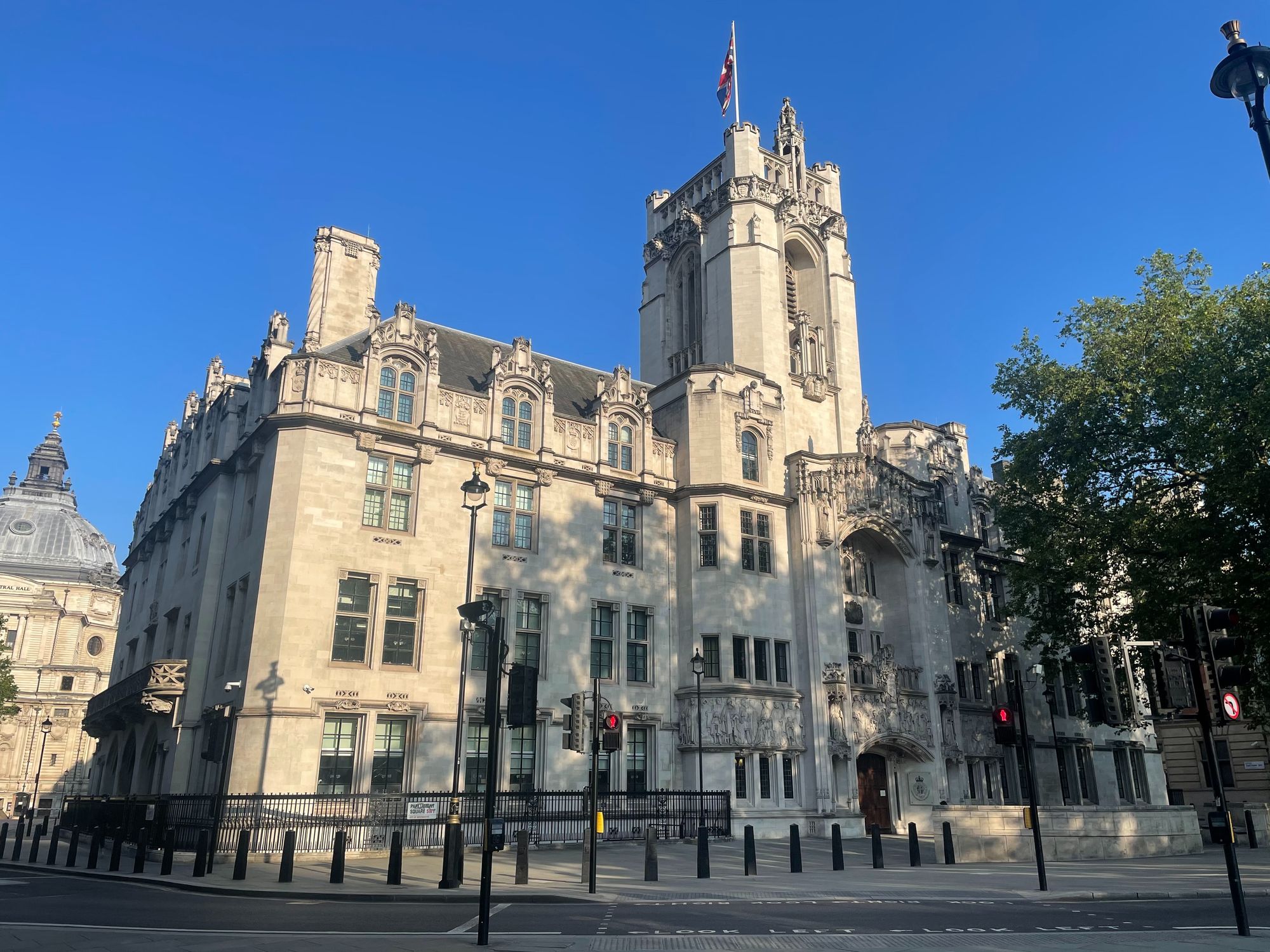
In light of the UK Supreme Court’s ruling in AM (Zimbabwe) v Secretary of State for the Home Department [2020] UKSC 17 that a person can resist deportation where there is a real risk of exposure to: a) a serious, rapid and irreversible decline in his or her state of health resulting in intense suffering; or b) a significant reduction in life expectancy, UK courts may in time also come to grapple with deportation challenges invoking traditional Article 3 medical grounds in the context of the new UN right to a “safe, clean, healthy and sustainable environment” found in the resolution.
Precedent in the United Kingdom
Just one month prior to the Bordeaux court’s ruling, air pollution was also centre stage in a “legal first” across the Channel here in the UK. In December 2020, Philip Barlow, the inner south London coroner, held that the death of nine-year-old Ella Kissi-Debrah in February 2013 from acute respiratory failure was caused by air pollution exposure. He further stated that the failure to reduce pollution levels within legal limits in Lewisham, where Kissi-Debrah lived, meant that he had “no difficulty in concluding that her personal exposure to nitrogen dioxide and PM (particulate matter) was very high.”
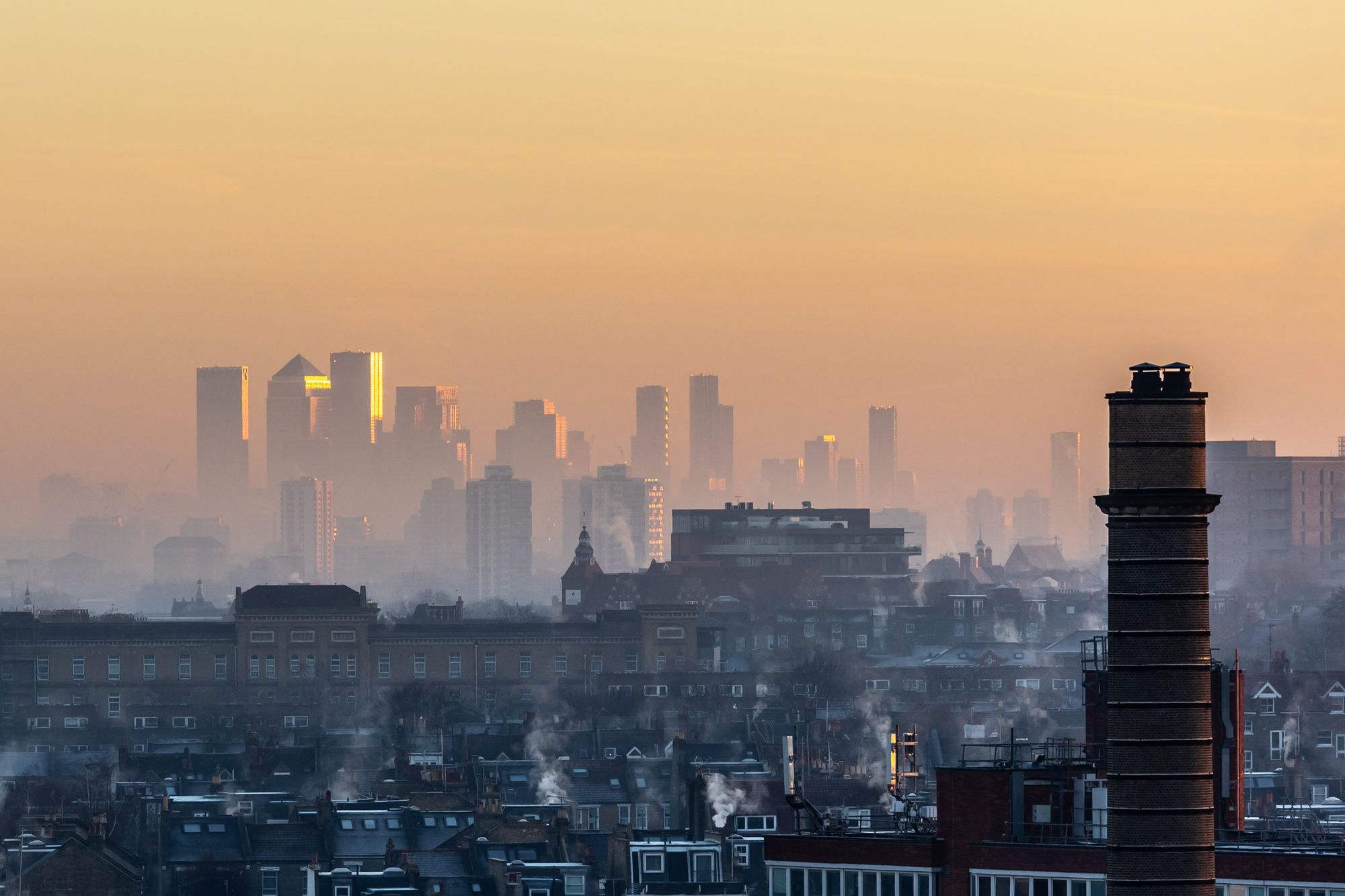
The coroner’s decision, which is the first time that air pollution was cited as a cause of death in the UK, sets an important precedent for the rapprochement of environmental and human rights arguments in UK climate litigation. Whereas, prior to the UNHRC resolution, communities such as Ella Kissi-Debrah’s, faced significant uphill battles in establishing a direct causal link between the creation of an unhealthy environment and an actual violation of their rights, the resolution’s recognition of a stand-alone right to a healthy environment arguably lowers this threshold; see here for further discussion.
The UK Parliament’s Environmental Audit Committee
Similarly, the vital importance of a standalone right to a healthy environment is evidenced by the UK Parliament’s Environmental Audit Committee’s recent report on the poor water quality of English rivers. The report found that a mere 14% of English rivers meet good ecological status, with pollution from agriculture, sewage, roads and single-use plastics contributing to “a dangerous ‘chemical cocktail’ coursing through our waterways.”

However, underfunded and inadequate monitoring, including the UK government’s abject failure to test drinking water for toxic chemicals linked to a range of diseases, means that we cannot appreciate the full extent and impact of pollution on water ecosystems and human health. Faced with such a clear example of the interconnectedness of environmental and human rights, the UNHRC resolution could potentially be invoked as part of a wider case to hold the UK government accountable for failing to protect the ecological integrity of rivers, as well as human health and wellbeing.
A Foundation for the Rights of Nature?
Whilst the above examples demonstrate the positive, creative potential of the “greening” of human rights, there are a number of critiques of this approach that are worth exploring. Firstly, it can be argued that the recognition of the human right to a healthy environment perpetuates an anthropocentric worldview, whereby nature deserves protection only insofar as this benefits human beings.

Indeed, the effectiveness of human rights arguments for protecting the environment is far from clear cut considering that human rights are often deployed to halt action on the climate and biodiversity crisis. For example, governments’ failure to secure a just transition for communities whose livelihoods have traditionally depended on polluting industries can lead to human rights arguments, such as the right to “the continuous improvement of living conditions”, being used to oppose climate action. Indeed, this argument was deployed by a number of economically-vulnerable countries in opposing measures aimed at phasing out coal and fossil fuel during the COP-26 in Glasgow.

However, this is arguably a greater illustration of the failings of the international community and individual governments to integrate the needs of vulnerable communities into climate policies rather than a definitive indication of the shortcomings of human rights arguments in an environmental context.
A Balance Between Anthropocentric and Ecocentric
Perhaps the main difficulty in reconciling human rights and nature rights is the fact that human rights violations demand immediate, urgent resolution whereas environmental protection necessarily requires a more far-sighted approach. This longer-term, eco-centric approach can be found in a number of countries, such as Ecuador, where the rights of nature are enshrined alongside traditional human rights based protections in the country’s constitution. The distinct advantage of legal systems with a strong nature rights approach is that, to quote from Dr. Mika Peck, a senior lecturer in biology at the University of Sussex who is from Ecuador, this approach “balances intrinsic rights between legitimate subjects of the law, rather than placing humans as above, or apart from, nature.”

Building on Ecuador’s pioneering example, by underscoring the inextricable link between nature rights and human rights, the UNHRC resolution is a positive step towards reconciling perceived or real tensions between these rights. For example, in Ireland, campaigners who have long since called for the insertion of the right to a healthy environment in the Irish Constitution, will undoubtedly derive new strength from the recognition of this very right at international level.
With a Citizens’ Assembly on Biodiversity Loss about to convene in April 2022, the UN Resolution may serve as a tipping point for the introduction of environmental protections in the Irish Constitution. This is in addition to the open Consultation on Biodiversity Net Gain Regulations and Implementation in the UK, where anyone is able to ask questions about how biodiversity net gain will be applied to Town and Country Planning Act development, and, at a higher level, Nationally Significant Infrastructure Projects (NSIPs).

In conclusion, perhaps the ideal solution lies not in the wholesale rejection of human rights arguments for their anthropocentric approach but rather, the evolution of human rights law towards a firm understanding that nature rights are human rights. Afterall, the human right to a “safe, clean, healthy and sustainable environment” is necessarily premised on the environment’s right to be healthy in and of itself. Furthermore, if properly implemented at national level, the UNHRC resolution bodes well for the harmonious coexistence of traditional human rights provisions alongside an explicit recognition of the Rights of Nature.
Subscribe to Lawyers for Nature & Join our Community
If you are on the website, enjoyed this blog and are yet to subscribe to the Lawyers for Nature newsletter, you can click the button at the bottom right hand corner of this page, or simply click here. You can also use our Contact Page if you would like to reach out directly, or simply join our Community Discord Server.
We look forward to working with you.
